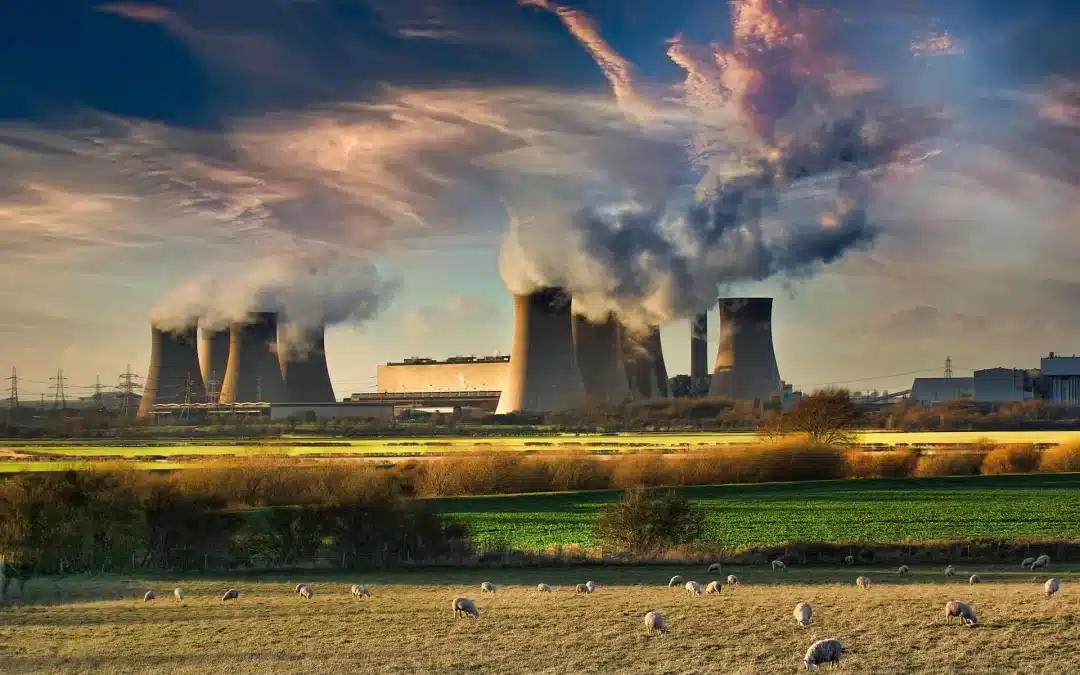The UK government has promised a record £410m investment in nuclear fusion which could help construct a world-leading fusion power project on the site of an old coal plant in Nottinghamshire.
Ministers hope the funding, which will be made available for the coming financial year, will support the rapid development of the UK fusion energy sector and deliver “a future powered by limitless clean energy”.
The funding will include the development of the prototype power plant at the now decommissioned West Burton coal-fired power plant in Nottinghamshire by 2040, and repurposing the UK’s pioneering fusion machine at the Culham Centre for Fusion Energy in Oxfordshire.
It follows the government’s promise of “significant support” for nuclear fusion research in its first autumn budget statement since coming to power last year.
Ed Miliband, the energy secretary, said the investment meant that Britain was “now within grasping distance of unlocking the power of the sun and providing families with secure, clean, unlimited energy”.
Nuclear fusion is considered the holy grail of energy because it holds the promise of limitless clean power with no greenhouse gases or radioactive waste by-products. It involves smashing together light elements such as hydrogen to form heavier elements, releasing a huge burst of energy in the process. This process, which also helps create the heat and light of the sun and other stars, means that a single kilogram of fusion fuel could provide as much energy as 10m kg of fossil fuel.
But those pinning their hopes on nuclear fusion to help solve the climate crisis may need to temper their optimism. Despite more than 70 years of research funded by the world’s most-advanced nations, and some recent technological breakthroughs, scientists remain decades away from harnessing the power of nuclear fusion in viable power plants.
The ITER fusion project, a flagship research programme backed by 35 governments, was expected to start operating in the south of France by the end of 2025 after 18 years of work. But in July last year it admitted it was running almost a decade behind schedule. A smaller project, developed by a private company spun out of the Massachusetts Institute of Technology in the US, hopes to become the first project to begin operations by the end of this year, and eventually reach a capacity of 140 megawatts.
Unveiling the new UK investment, Miliband said: “Britain is at the forefront of this global race to deliver fusion, and today’s record level of funding will provide investment and economic growth through our ‘Plan for Change’, delivering on net zero and creating the clean energy of the future.”
The government has shortlisted five engineering and construction firms to help build the Nottinghamshire plant by 2040, which it hopes will revitalise “a UK industrial heartland” by supporting new, skilled jobs in the area’s former coal communities.
The planned work to repurpose the Joint European Torus (JET) project, an experimental fusion project which recently concluded at the Culham Centre, will take place on the same site as the government’s proposed plans for the UK’s first “growth zone” for AI over their high demands for energy and water, which are both in short supply in the south-east of England.



